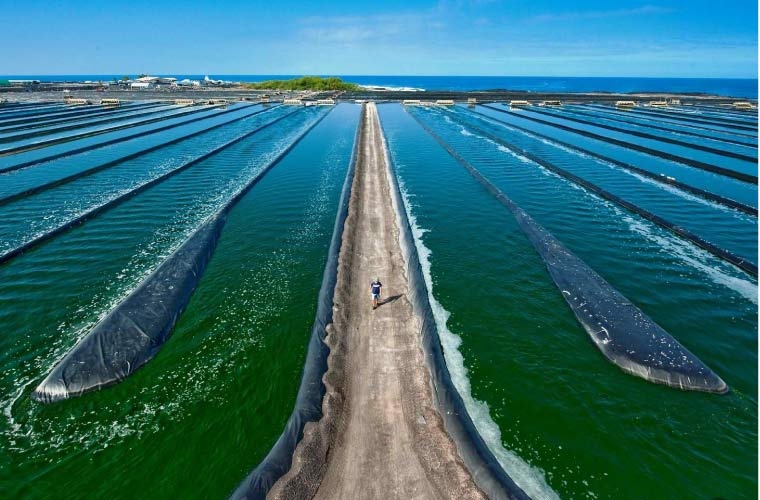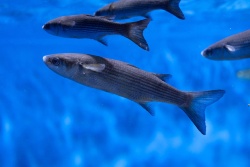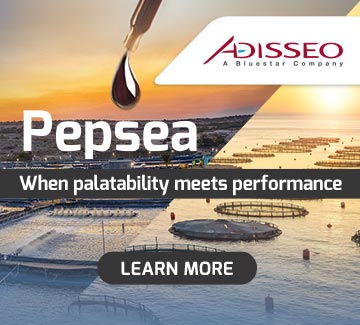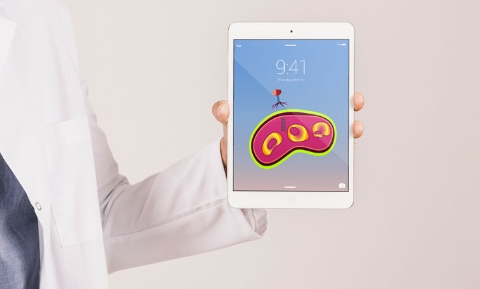
A recent study has shown that wastewater treatment in recirculating aquaculture systems (RAS) can be significantly improved by using immobilised microalgae, specifically Chlorella vulgaris, optimised through machine learning techniques.
The research was conducted by an international team of scientists from Beijing Normal University in China and the Water Research Institute of the National Research Council (IRSA-CNR) in Italy. The results reveal that Chlorella vulgaris, a microalga known for its purification capacity, can be optimised in terms of growth and efficiency through key parameters such as light intensity and initial cell concentration.
According to the study, the use of continuous lighting not only allowed for greater water purification but also more effective reuse of the generated biomass. Additionally, the symbiosis between microalgae and bacteria was identified as a key factor in the assimilation of carbon and nitrogen, favouring the production of lipids and starch in the microalgae, which in turn enhances the efficiency of wastewater treatment.
Among the most notable findings of the study is the system’s ability to recover valuable resources from wastewater, including protein- and lipid-rich biomass, as well as phosphorus in the form of struvite and alginate, materials that can be reused in future treatment cycles. It was determined that the recovered biomass reached 1.94 grams per litre, with a protein content of 47% and lipids of 26.23%, demonstrating high nutritional and energy value.
Furthermore, phosphorus recovery in the form of struvite—a mineral composed mainly of ammonium and magnesium phosphate—formed during the treatment of the culture water was 64.79%, while alginate, used as an immobilisation matrix, was recovered at 79.52%, highlighting the economic and sustainable viability of the process.
In terms of water quality, it was observed that the ammonium concentration in the effluent remained at 0.60 milligrams per litre under continuous lighting conditions, with nitrite and nitrate levels also effectively controlled. Additionally, the efficiency in the removal of dissolved organic carbon reached up to 60% under cyclic lighting conditions, demonstrating the effectiveness of the system in water purification and sustainable resource management in aquaculture.
These results, according to the researchers, underscore the economic and environmental feasibility of using immobilised microalgae in wastewater treatment, proposing a sustainable and efficient solution for the aquaculture industry.
Applications in aquaculture
The technology developed in the recent study on the use of immobilised microalgae has been designed for application in a wide range of aquaculture facilities, both in freshwater and marine environments. It has been proven that Chlorella vulgaris, the central microalga in this research, possesses the necessary versatility to adapt to different salinity conditions, making it an effective solution in various aquatic environments.
In freshwater facilities, the microalgae's ability to assimilate nitrogen and phosphorus has been highlighted as a crucial method for nutrient control, thus preventing the accumulation of potentially harmful compounds for aquatic species. Additionally, it has been noted that the generated biomass, rich in proteins and lipids, can be reused, providing added value within aquaculture operations.
On the other hand, in marine aquaculture systems, the technology has been adapted to handle high salinity conditions, allowing for efficient management of essential nutrients for the health of marine species. It has been emphasised that through the use of microalgae, it is possible not only to improve water quality but also to optimise resource recovery, thereby reinforcing the sustainability of these facilities.
This advancement has been recognised for its ability to offer a comprehensive solution in wastewater management and resource recovery, applicable to a variety of aquaculture systems, regardless of the type of water used.
Reference:



